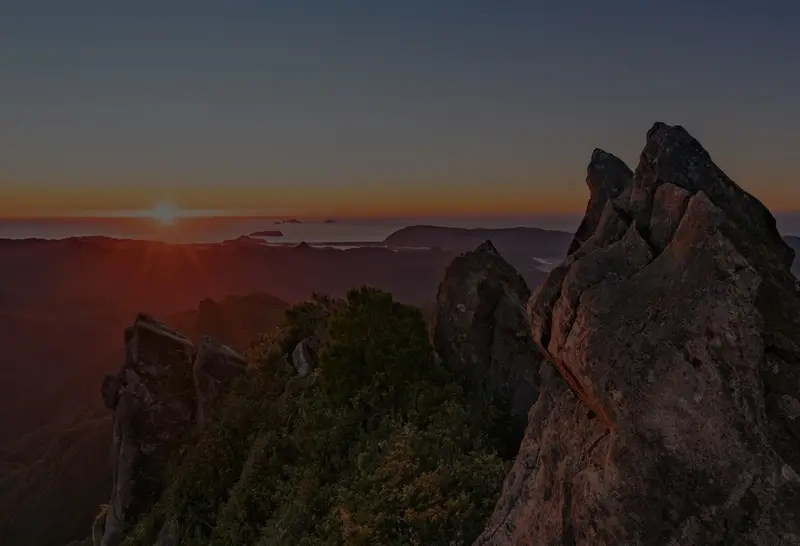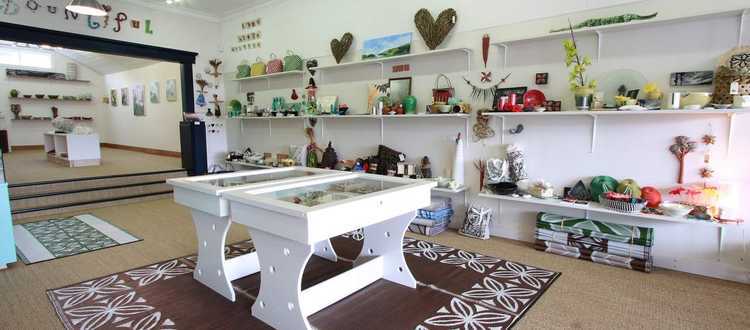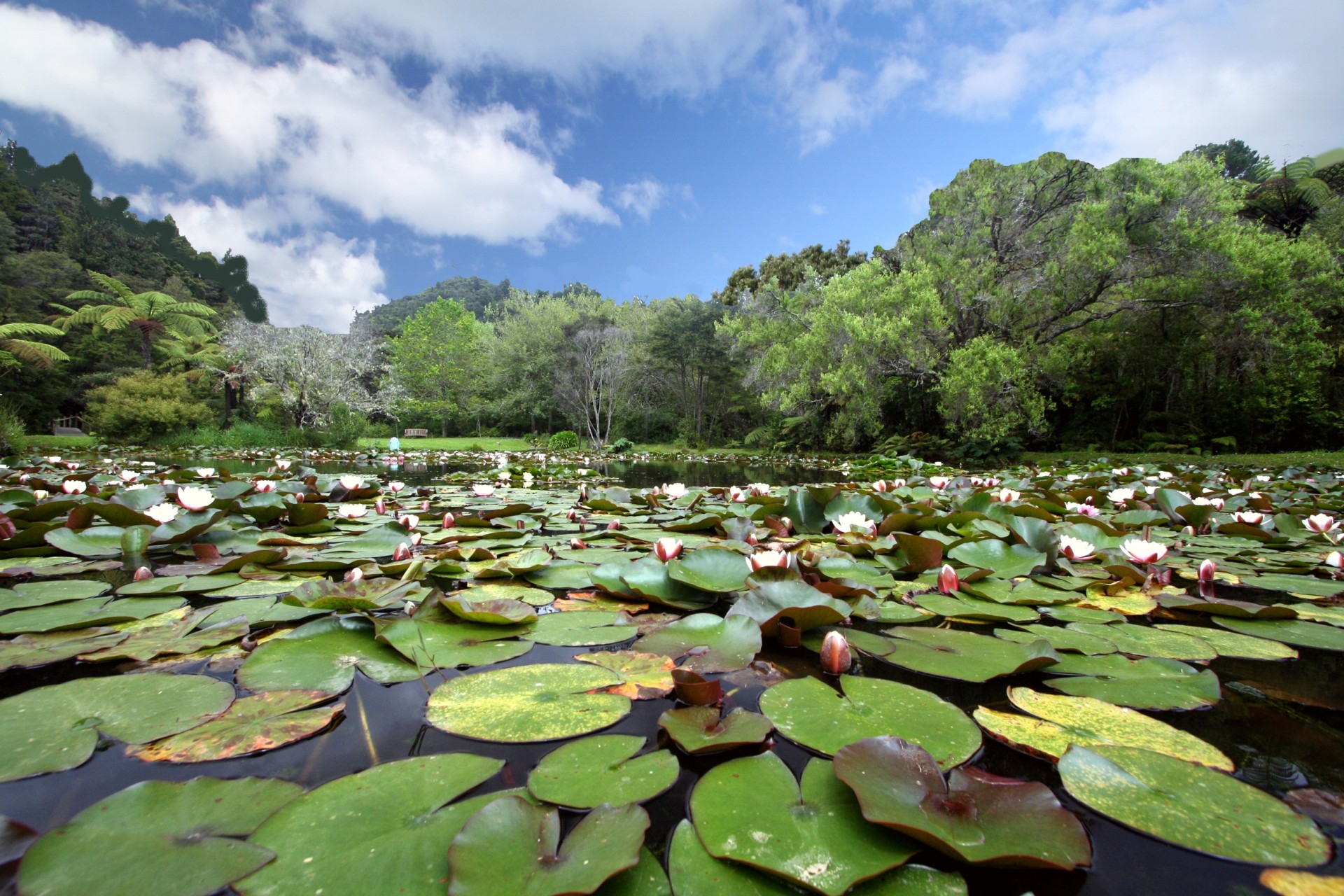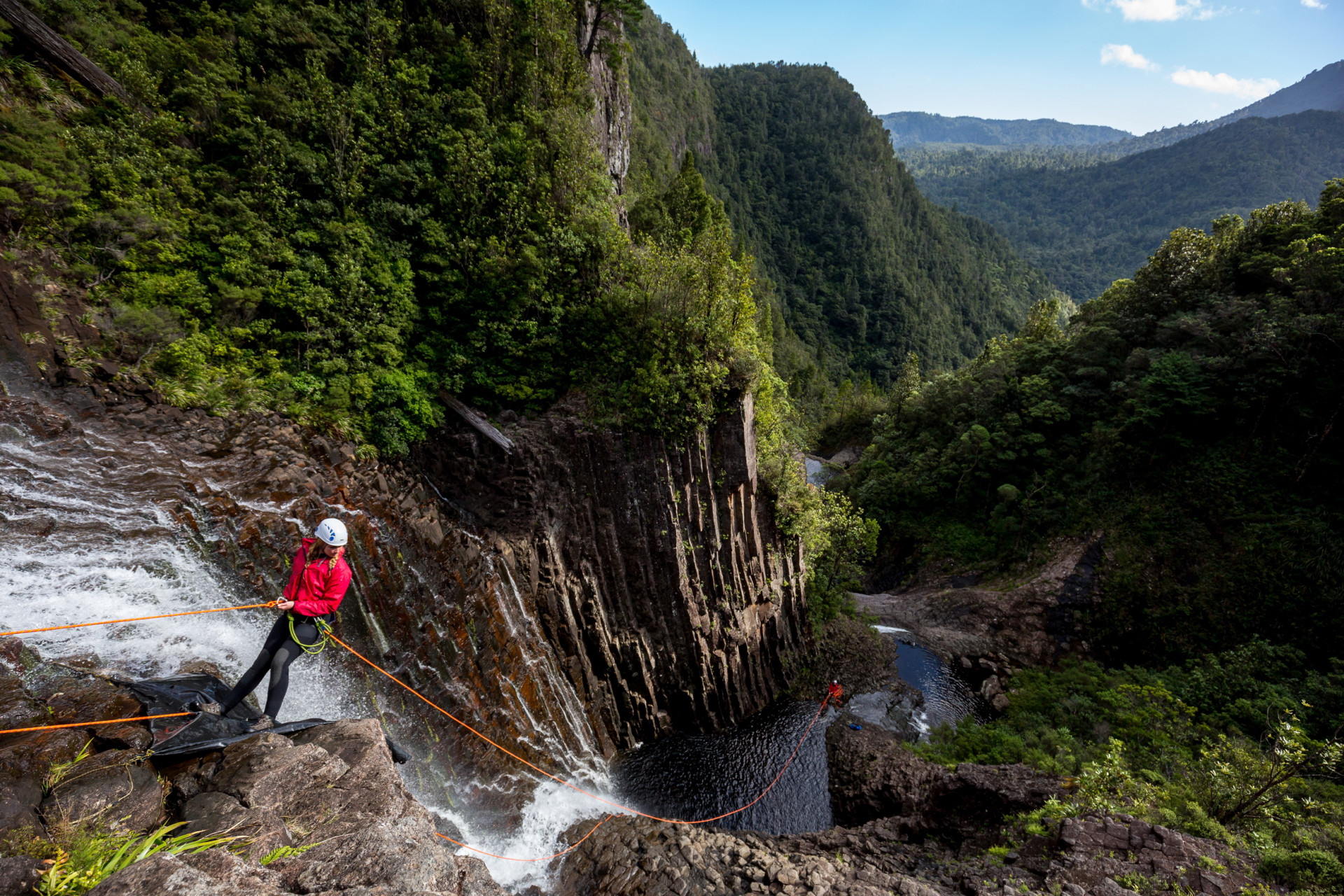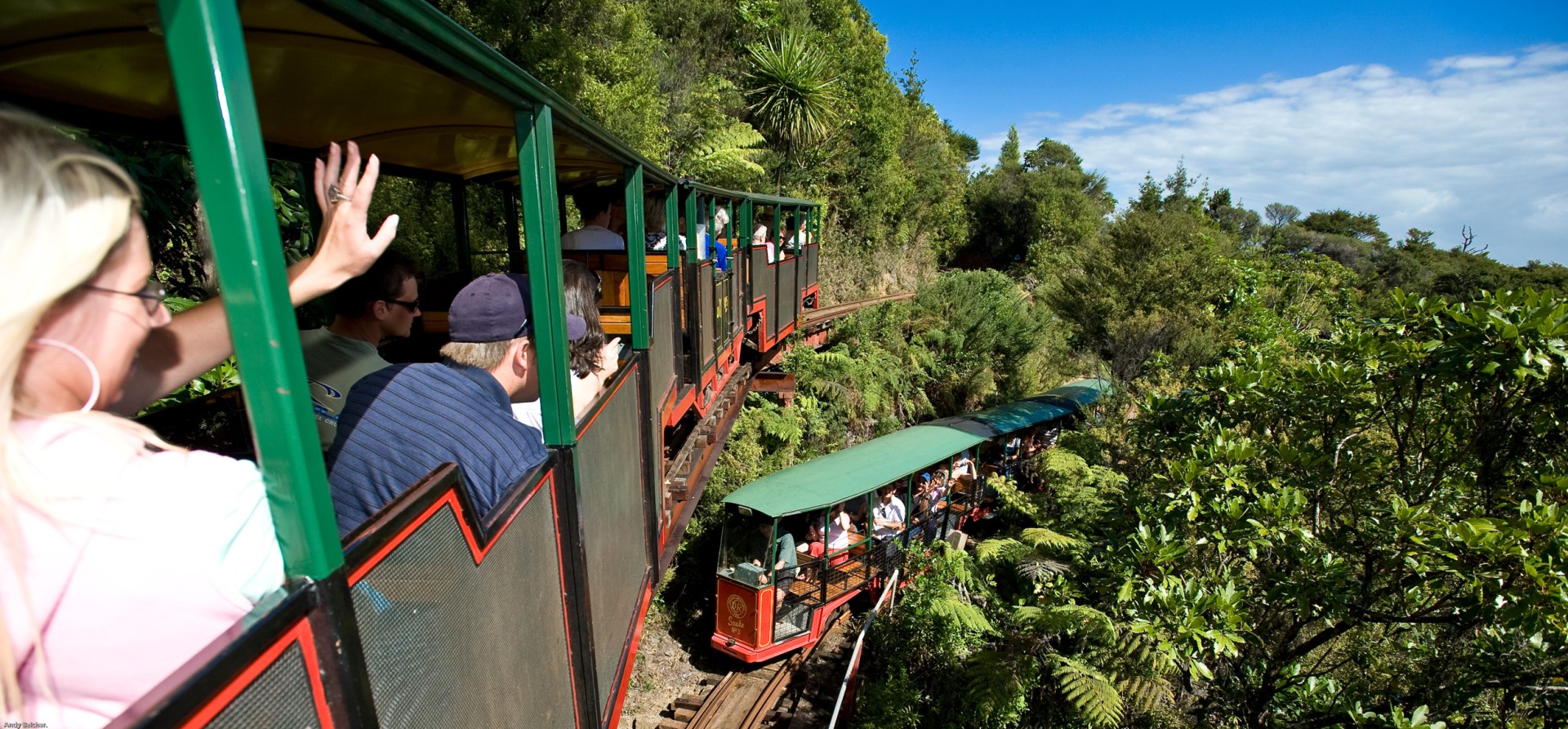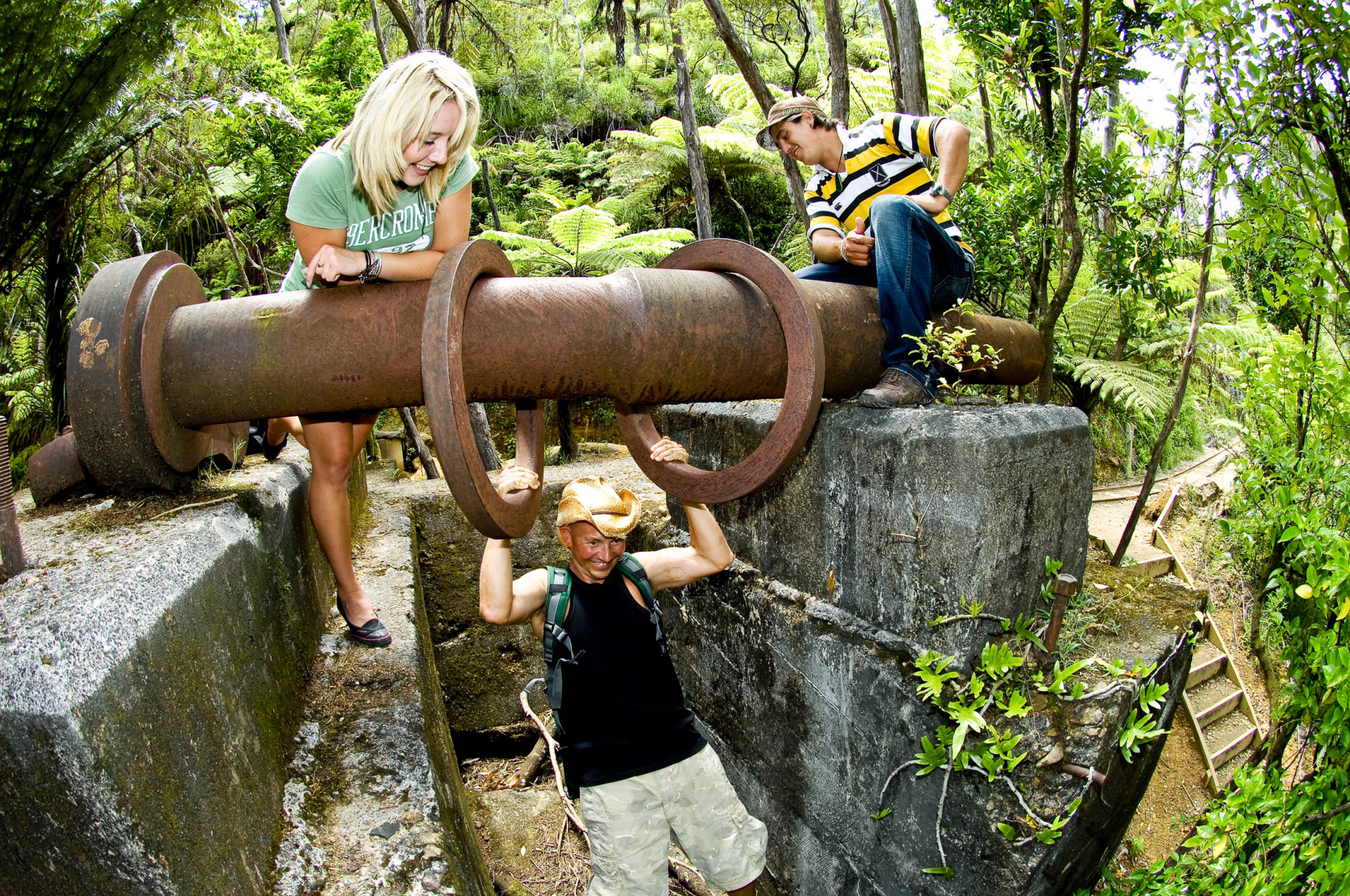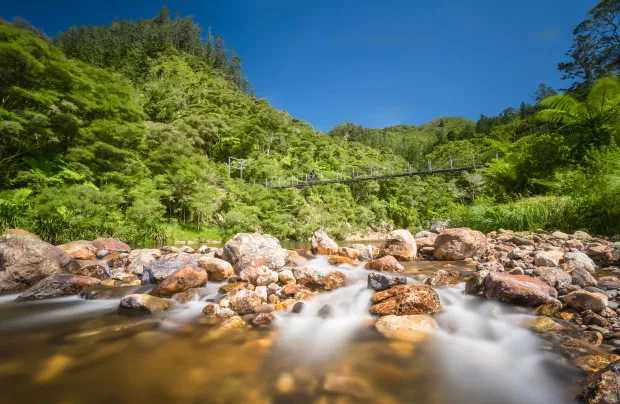
Captain James Cook lands on The Coromandel
800 years after Kupe, Lieutenant James Cook visited Te Whanganui-O-Hei, The Great Bay of Hei, on his first Great Voyage (1768-1771) aboard HMB Endeavour. The Endeavour arrived off Te Whanganui-O-Hei on November 3 1769, anchoring just off (soon to be named) Cooks Beach. Cook and his crew of scientists spent 12 days in the area. His intentions for the visit were recorded in his journal:
"...my reasons for putting in here were the hopes of discerning a good harbour and the desire I had of being in some convenient place to observe the Transit of Mercury, which happens on the 9th instant and will be wholly visible here if the day is clear between 5 and 6 o'clock."
He was under orders from the British Council of the Royal Society to observe the transit of the planet Mercury across the face of the sun. On the 9th November 1769, Lieutenant (his rank at that stage) James Cook RN, Commander and Royal Society expedition astronomer, Charles Green succeeded in their sighting of the Transit of Mercury, 300 yards west of the Purangi River mouth in the Cook’s Beach dunes. The observation enabled Cook to establish the geographic coordinates of New Zealand - literally placing it on the world map and resulting in the now familiar place names of Mercury Bay and Cooks Beach. Five days later, Cook left Mercury Bay to circumnavigate and Chart New Zealand. Charles Green died on the homeward journey in 1771.
As well as observing the Transit of Mercury, Cook and his ship’s company explored the bay, took plant specimens and claimed possession of the bay for King George III. Cook and members of his ship met and traded with local Māori and visited Māori settlements by invitation.
The very first meeting with Cook and Ngāti Hei reputedly occurred at Mana-Tarawanui (the Cooks Stream mouth). The meeting resulted in a disastrous altercation when a warrior was killed while trading with one of Cook’s crew members. The stream name Mahanakino commemorates the event and the warrior was interred in a cave known as Te Kaia Whakanuku at the foot of Paparoa (Shakespeare Cliff).
On November 12, 1769, Lieutenant James Cook, botanist Joseph Banks, Dr Daniel Solander and translator Tupaia visited Wharetaewa Pa; Ngāti Hei’s fortified pa at Wharekaho Beach (just north of Whitianga). It was the first known visit by Europeans to a Māori pa and it is here that the first sanctioned powhiri occurred between Europeans and Māori. There was the first recorded wero (challenge ritual) and a demonstration of Ngāti Hei’s traditional weapons. It was here that Cook, Banks and his compatriots first traded with local Māori and made the first official exchanges of gifts.
The Mercury Bay area is one of the few New Zealand places originally discovered by Kupe and then "rediscovered" by Captain James Cook. It is an area resonant with parallel histories and a place where New Zealand’s European and Polynesian heritage first intersected. Centuries separated the explorers’ voyages, reflected in the area’s changing place names. A visit to the area invites contemplation of the discovery and subsequent settlement of Te Whitianga-Nui-a-Kupe, Te Whanganui-O-Hei, and Mercury Bay. A stroll in Kupe and Cook’s footsteps reminds us that the places they encountered all those years ago, and the dual cultures they represented remain part of Aotearoa New Zealand today.
